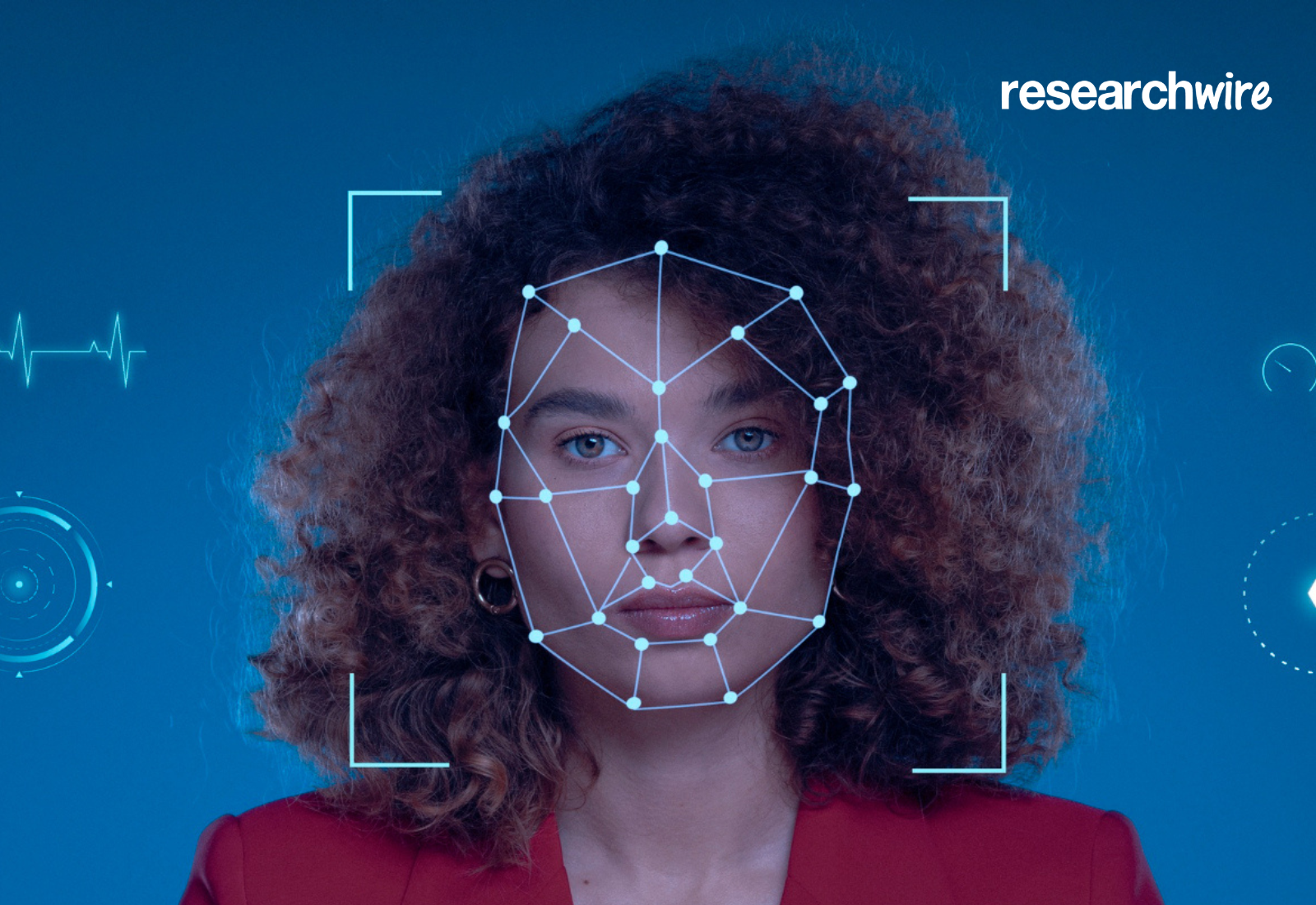As a Founder and Managing Director, Bikram plays a key role in the day to day operations and formulating strategies for smooth execution of research assignments. Bikram is also responsible for client acquisition and client engagements in Asia pacific region. Bikram helps global technology companies monetize their IP assets through automated tools and helps them generate more value out of their IP. He has the expertise of assisting clients on a wide range of technologies such as Semiconductors (circuits and processes), Wireless Technologies, Memory Devices, Cloud Computing, and Consumer Electronics.
Bikram has been advising several Global 500 clients in effective patent portfolio optimization and competitive benchmarking analysis to help them understand their position in the industry. Bikram has extensive experience in assisting clients on high stake US, Japanese and Chinese patent litigation cases. Recently, Bikram has been actively involved in advising clients on new product development strategies and technology Landscape studies.
Introduction to Deep Fake Technology
Deep fakes employ sophisticated algorithms, primarily based on artificial intelligence (AI) and machine learning, to create hyper-realistic digital content, such as images, videos, or audio recordings. These fabricated media pieces convincingly depict events or individuals, often blurring the line between reality and fabrication.
The evolution of deep fakes has been meteoric, revolutionizing the media landscape. Initially emerging as a means of entertainment and satire, these technologies have progressively advanced in sophistication. Unfortunately, their misuse has raised concerns regarding misinformation, propaganda, and potential threats to personal and national security.
 Real-world Applications and Use Cases of Deep Fake Technology
Real-world Applications and Use Cases of Deep Fake Technology
The versatility of deep fake technology continues to evolve, influencing how information is disseminated and perceived in the modern digital landscape. As its potential applications expand, ensuring responsible and ethical use remains imperative to harness the benefits of this technology while mitigating its potential risks. Initially emerging as a tool for entertainment and artistic expression, deep fakes have transcended their origins to find applications across various sectors.
In entertainment and filmmaking, deep fake technology has revolutionized the creation process. It enables filmmakers to seamlessly integrate deceased actors into new projects or alter scenes, thereby expanding creative possibilities. Moreover, it has facilitated language localization and dubbing in the film industry, reducing the need for extensive reshoots or additional voice actors.
Beyond entertainment, deep fakes have found utility in historical and educational contexts. By animating and revitalizing historical figures or events through realistic reconstructions, deep fake technology offers immersive and engaging educational tools. It has the potential to breathe life into archival footage or ancient artifacts, providing unique perspectives and enhancing learning experiences.
However, the misuse of deep fakes in generating false information, propaganda, or malicious content poses significant challenges. Instances of misleading political narratives, fraudulent activities, and identity theft underscore the darker side of this technology, highlighting the importance of ethical considerations and robust safeguards in its applications.
The Legal Landscape and Regulatory Challenges
The advent of deep fake technology has sparked profound legal debates. It raises fundamental questions regarding privacy infringement, intellectual property rights, defamation, and the blurry boundaries between manipulated content and reality. Courts worldwide grapple with defining and addressing these implications, setting precedents in this evolving legal landscape.
Current Regulatory Frameworks and their Efficacy
Governments and regulatory bodies strive to keep pace with the rapid advancements in deep fake technology. Existing laws often fall short in adequately addressing the intricate nuances of manipulated media. Nevertheless, efforts are underway globally to update and draft new legislation to mitigate the misuse and impact of deep fakes on society and individuals.
Challenges in Regulating Deep Fake Technology Globally
The regulation of deep fake technology poses multifaceted challenges. Technical complexities and the decentralized nature of the internet make it arduous to enforce regulations uniformly across borders. Additionally, distinguishing between harmless entertainment and malicious intent remains a significant challenge in crafting effective legislation.
Real-world incidents involving deep fake misuse have spurred legal battles worldwide. Notable cases highlight the severity of consequences arising from manipulated content, emphasizing the urgency for robust legal frameworks. These cases serve as critical benchmarks, illuminating the need for proactive measures in combating deep fake threats.
New Regulations Addressing Deep Fake Concerns
In response to the burgeoning threats posed by manipulated media, governments and regulatory bodies have initiated diverse legislative efforts. These measures focus on defining and penalizing the misuse of deep fakes, often targeting the dissemination of fabricated content to prevent potential harm.
These regulations also aim to delineate clear boundaries regarding the creation and use of deep fake technology. They often involve stringent penalties for individuals or entities found guilty of producing or sharing manipulated content for malicious purposes. Moreover, efforts are being made to enhance public awareness and digital literacy, empowering individuals to discern authentic content from manipulated media.
The advent of these regulations represents a pivotal step toward addressing the ethical, legal, and societal challenges posed by deep fake technology. However, the efficacy of these measures remains contingent upon their adaptability to the swiftly evolving landscape of synthetic media.
Collaborations between policymakers, technology experts, and legal authorities are crucial to continuously refine and enforce regulations that safeguard the credibility of information and bolster trust in media and public discourse.
Patent Trends in Deep Fake Technology
Regarding patents related to deep fake technology, there is an increasing interest in developing methods and tools to detect, prevent, or authenticate media content to mitigate the negative implications of deep fakes. Some of the key patent trends include:
-
Detection and Authentication Technologies:
Companies and researchers are actively exploring innovative methods to detect and authenticate deep fake content. This involves using machine learning algorithms, neural networks, and AI-based approaches to differentiate between real and manipulated media.
-
Forensic Analysis:
Patents are focusing on forensic tools and techniques to analyse digital footprints and inconsistencies in images or videos, aiming to unveil tampered content.
-
Content Creation and Editing Tools:
Companies are also working on patents related to improved content creation tools, aiming to develop more sophisticated and user-friendly software for creating realistic synthetic media.
-
Privacy and Security Solutions:
Some patents revolve around securing personal data and preventing the misuse of deep fake technology for malicious purposes, such as identity theft or impersonation.
Apple’s Deepfake Patent and Detection Challenges
Apple being granted a patent for creating deepfakes and highlights concerns about its potential misuse. It contrasts Apple’s patent with efforts by researchers to detect and prevent deepfake videos used for fraudulent purposes.
The patent covers altering facial expressions and poses in images, raising concerns about how Apple might integrate this technology into its products and services. The article also explores a proposed solution by researchers at New York University to detect real-time deepfake streaming by forcing the code to reveal itself through specific actions during video calls.
However, it acknowledges the challenges of such methods as deepfake technology advances rapidly and could soon mimic more complex gestures and expressions, making detection harder.
Challenges and Ethical Considerations
Evolution of deep fake technology has brought forth a host of ethical dilemmas that permeate through various facets of society. One primary concern revolves around the ethical implications inherent in the creation and dissemination of manipulated content. Deep fakes blur the line between truth and falsehood, raising questions about the authenticity of information and the potential to manipulate public opinion, jeopardizing the trust in media and undermining democratic processes.
Moreover, privacy becomes a substantial concern as deep fake technology enables the creation of incredibly realistic forgeries that can misrepresent individuals in compromising or false scenarios. This capability raises alarms about the misuse of personal data and the potential to fabricate damaging content without the consent or knowledge of the individuals depicted, leading to reputation damage, harassment, or even legal repercussions.
The impact on society is multifaceted, affecting not only individuals but also institutions, businesses, and governments. The proliferation of deep fakes could exacerbate existing societal issues, fuel misinformation campaigns, and disrupt public discourse, ultimately eroding societal trust and cohesion.
Addressing the misuse of deep fake technology necessitates a well-rounded approach. Technological solutions such as algorithmic detection tools and verification mechanisms are crucial in detecting and mitigating the spread of manipulated content. However, as the technology advances, so do the capabilities of deep fake algorithms, challenging the effectiveness of such countermeasures.
Ethical frameworks and regulations are imperative to guide the responsible development and use of deep fake technology. Establishing clear guidelines regarding the creation, distribution, and identification of deep fakes can aid in mitigating their adverse impacts. Additionally, fostering digital literacy and awareness among the populace becomes paramount to equip individuals with the skills to discern and critically evaluate media content in the era of sophisticated manipulations.
Future Trends and Technological Advancements
The landscape of deep fake technology is poised for significant advancements, presenting both promising innovations and pressing concerns for the future. Predictions regarding the trajectory of this technology suggest a continuous evolution towards more sophisticated and realistic manipulations. As machine learning and AI algorithms become more refined, the ability to create highly convincing deep fakes is expected to proliferate, posing a challenge for detection and verification methods.
Emerging innovations in this realm are anticipated to push the boundaries of what is achievable with deep fake technology. Advancements in facial mapping, voice synthesis, and context-aware algorithms are poised to enhance the realism and complexity of generated content, potentially blurring the lines between genuine and manipulated media even further.
Navigating the complex legal landscape of deep fake technology requires specialized expertise, and enterprises such as Researchwire provide insights and services that empower innovators to shape the future responsibly. If you are a stakeholder in the innovation ecosystem and are looking to get insights into trends in specific technology areas to better position yourself in making proper business decisions, or are developing, or planning to develop, a strong patent portfolio around specific technologies and its use cases, reach out to Researchwire.
Simultaneously, the future of deep fake technology will likely witness an interplay with regulatory frameworks and patents. Governments and international bodies are increasingly recognizing the potential risks associated with deep fakes and are exploring avenues for regulating their creation and dissemination. This could involve the implementation of stricter laws addressing the ethical use of synthetic media and safeguarding against malicious intentions.
Conclusion
The rapid evolution of deep fake technology stands at the crossroads of innovation and ethical considerations, challenging the boundaries of truth and authenticity in the digital realm. This comprehensive exploration has delved into the multifaceted facets of deep fakes, learning their diverse applications, legal implications, regulatory challenges, and ethical dilemmas.
As witnessed through its real-world applications, deep fake technology has transcended from a novelty in entertainment to a powerful tool reshaping various industries. Its potential for creative expression in filmmaking and content creation contrasts starkly with the peril it poses in spreading misinformation, undermining trust, and jeopardizing individual and national security.
The regulatory landscape grapples with the complexities of governing a technology that blurs reality with deception. Existing legal frameworks strive to keep pace, yet gaps persist in effectively addressing the nuanced challenges posed by deep fakes. Notable efforts are underway globally to draft and implement new regulations, but the inherent technical intricacies and the transnational nature of the internet present formidable hurdles. In the realm of patents, the surge in innovation targeting detection, authentication, and privacy solutions underscores the urgent need to counteract the negative repercussions of manipulated media.
As this technology evolves, the path ahead is fraught with uncertainties and challenges. Yet, it also offers opportunities for resilience and proactive measures. The collaboration between legal frameworks, technological advancements, and ethical guidelines will play a pivotal role in shaping the future trajectory of deep fake technology. Enterprises like Researchwire serve as crucial pillars in this landscape, offering specialized expertise and insights to navigate the complex terrain of deep fake innovation responsibly. Their role in assisting stakeholders, from patent development to strategic decision-making, holds the promise of steering the trajectory of deep fake technology toward ethical and constructive applications.
About Us
Researchwire is an ISO 27001 certified, specialised IP research and R&D support company. Works closely with IP & legal teams to provide patent portfolio services and all types of patent searches & patent drafting. It provides enterprises and R&D centres with insightful and effective solutions to address their technology development challenges and roadmap planning.



